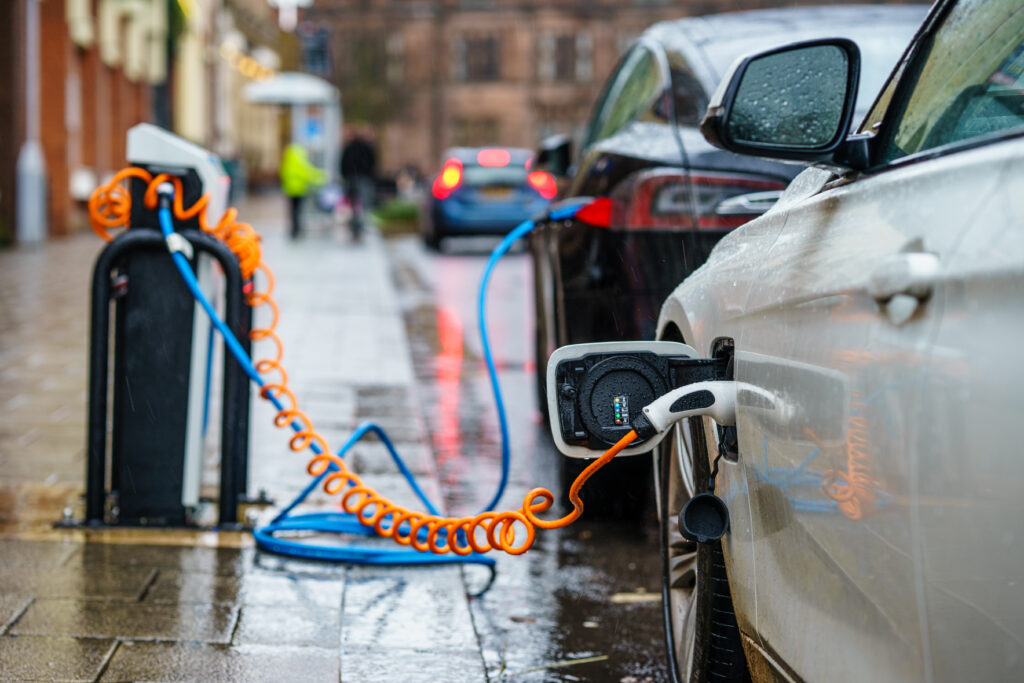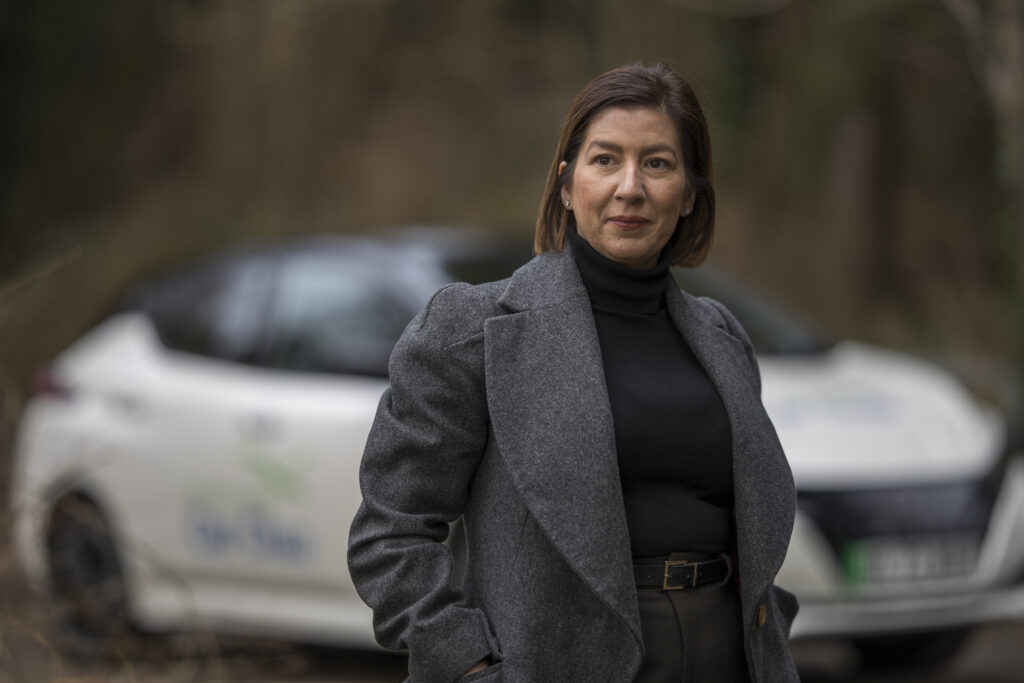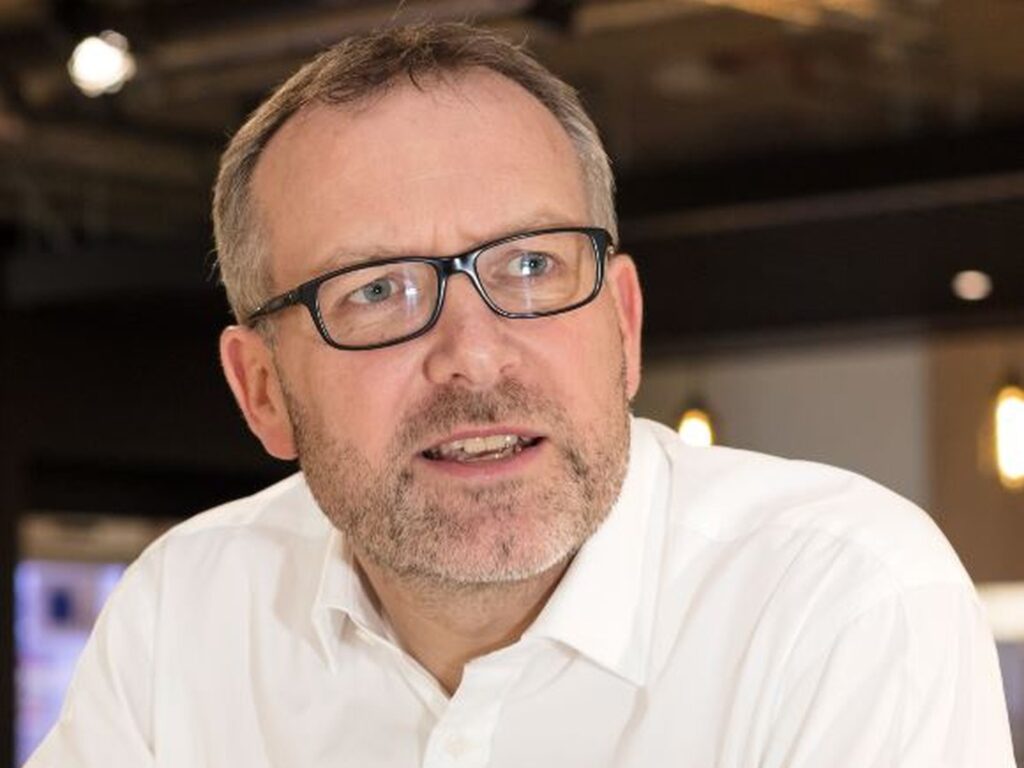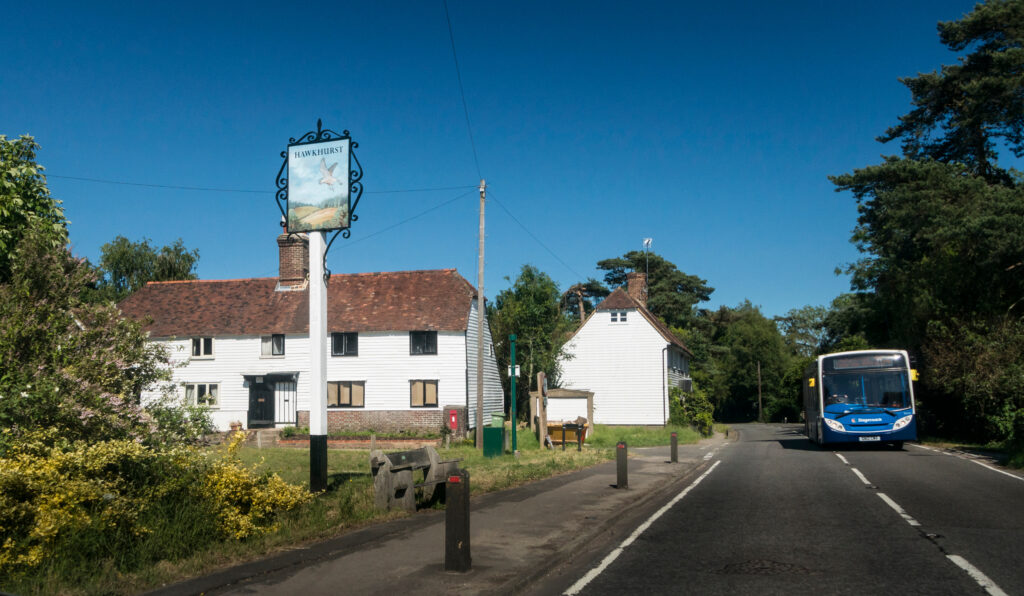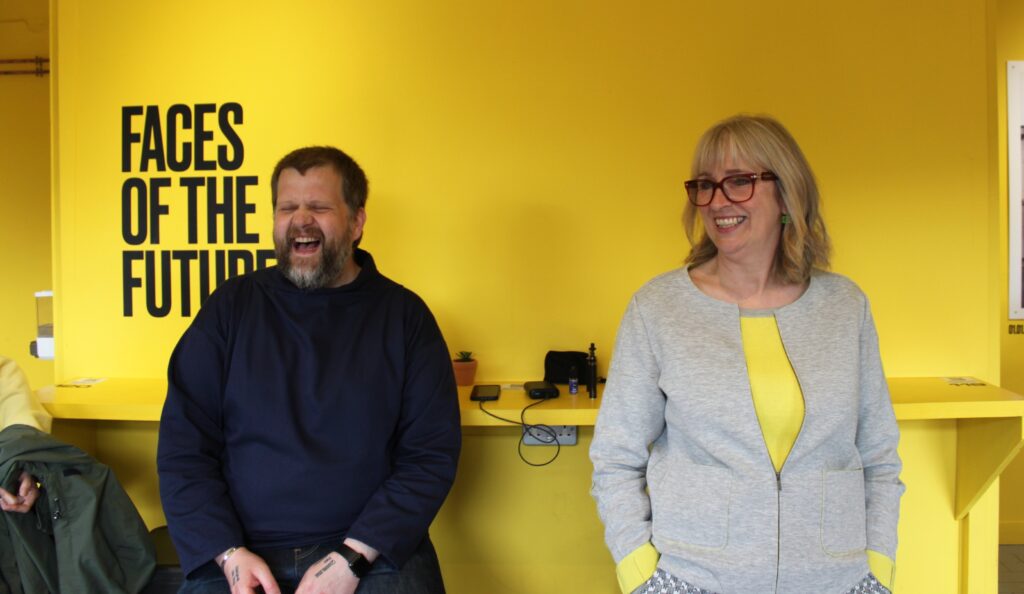
What now for cities and city centres
Some profound changes are happening in our city centres, and the pandemic is certainly playing a big part. Activity and footfall in our shops, restaurants, and central business districts have plummeted in recent months.
Yet, some of these changes have been rumbling away for years – and they go to the heart of how we think about, imagine and experience the places where we live, work, travel, shop and socialise.
In this Connected Places Podcast City Centres episode we’ll be asking, “What now for our cities and city centres? Where might the opportunities lie for innovation, creativity, and a new way of thinking about place?”
In this fourth episode of Connected Places, Professor Greg Clark speaks to Miguel Gamino, Executive Vice President at Mastercard and Head of City Possible about the future of the city itself.
We’ll also meet Dr Julie Grail, a world renowned expert in business improvement districts, urban governance and place-making, and the Managing Director of The BIDs Business.
Music on this episode is by Blue Dot Sessions and Phill Ward Music (www.phillward.com)
Show notes
Miguel Gamiño is Executive Vice President for Global Cities at Mastercard. Miguel leads Mastercard’s global activities with cities and the City Possible platform, forming public-private partnerships that drive civic efficiency, inclusivity, equality and ultimately better quality of life. Prior to joining Mastercard, Miguel served as the Chief Technology Officer for New York City, San Francisco and El Paso, Texas.
Dr. Julie Grail is the Managing Director of the BIDs Business, a management consultancy specialising in Business Improvement Districts. She’s also the former CEO of British BIDs, and she’s a leading national and international commentator and expert on local business partnerships, urban governance and place management.
If you’d like to learn more about the work that Miguel and his colleagues at Mastercard are pioneering with City Possible – a new urban innovation model in which is creating a global network of cities, businesses, academics and communities – you can find out more here.
If you’d like to read the articles which Julie mentioned on the future of work and town centres, you can find out more at the BIDs Business where she regularly posts articles.
To learn more about what the Catapult is doing to support innovators and place leaders rise to the challenge of COVID-19, check out our Post-Pandemic Places Hub which explores the market opportunities the pandemic is creating or accelerating. If you found this episode on the future of public transport helpful.
To find out more about what we do at the Connected Places Catapult and to hear about the latest news, events and announcements – and please sign up to our newsletter!
Discussion points
The future of cities & digitisation
- The experience of being a Chief Technology Officer in three US cities
- The ability of city government to execute and deliver with the private sector
- Developing an appreciation of public service
- Creating the City Possible learning community bringing together city leaders, innovators and academics from around the world
- Mobilising the private sector to develop high social impact solutions for cities
- The importance of city leaders and the public responding to new public health information
- The question of density and the pandemic and the management of scientific understanding
- People have left major cities around the world – how will they return?
- Second tier cities are well placed to compete with larger cities to offer higher quality of life
- Accelerating things that were already on the to do list, i.e. digitisation (contactless) is now a public health priority
- Next generation of urban technologies – autonomy, mobility and MaaS
- Shift to hyper digital – how to be effective and refocus on what’s important
- Hybrid ways of living, working and travelling
- Avoiding economic segregation and inequality by design
The future of the town centre
- Heightened choice, mobility and disposable income has profoundly shaped our local places
- The power of online retail – traditional brands, new brands, Amazon, and the ‘global anywhere’ shop
- The town centre mix and diversity of offer has changed
- Overdevelopment of retail and food and beverage
- The impact of home-working on town centres and the future of work and changing commuting patterns
- The largest city centres are now the most vulnerable post-COVID
- The demographics of home-working and the implications for co-working in city centres
- The role of businesses in hearing the mood of local centres and working with innovators
- The importance of public sector partnerships and regulations and controls
- Using digital to enhance the shopping experience, online ordering and home design
- The development of omni-channel digital strategies for town centres
- Rebalancing the commercial element of the town centre for living communities
- The role of tactical urbanism and testbeds in innovating in town centres








